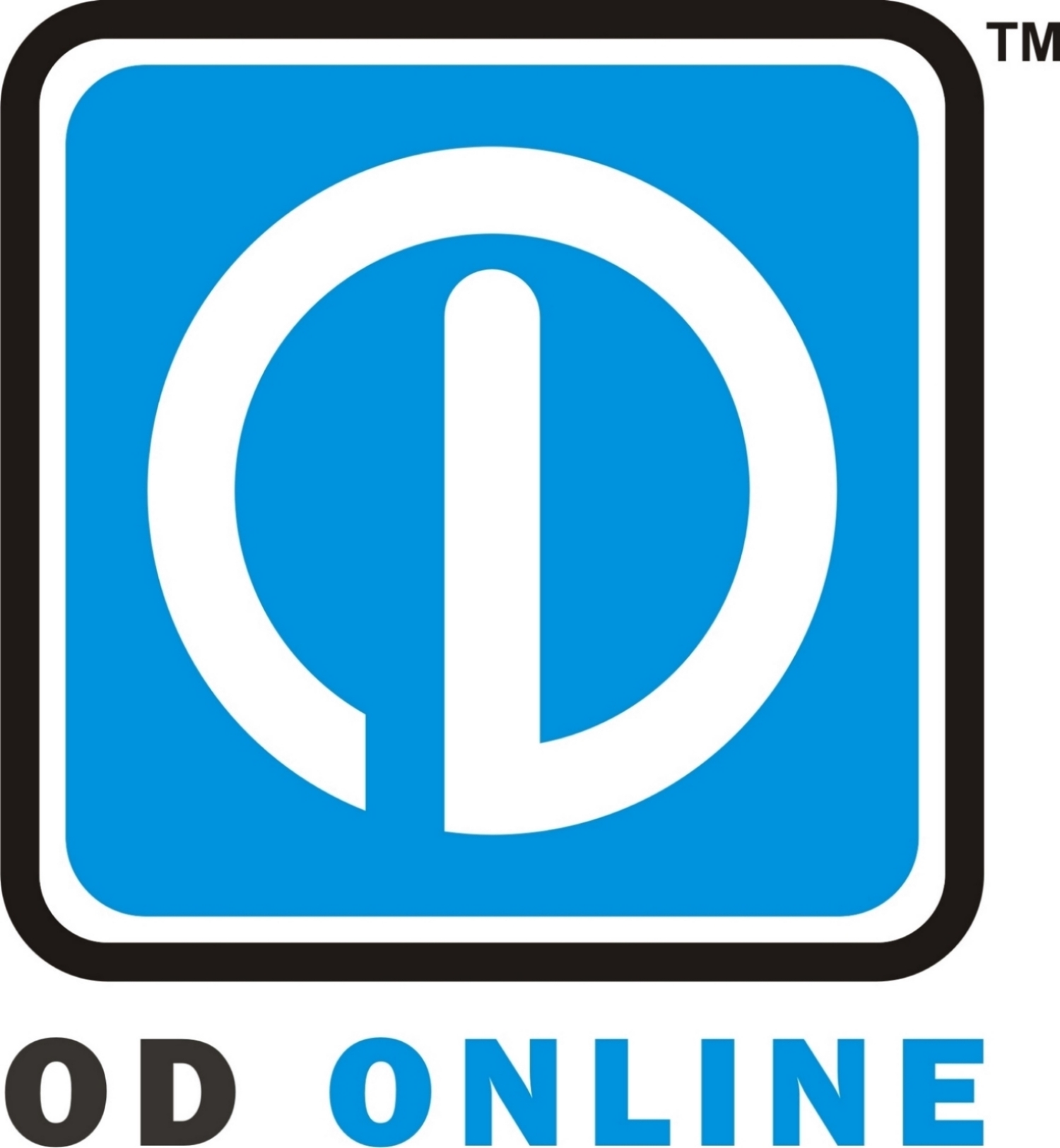If you’re looking to increase your patient numbers, the first place to look is within your practice. It can be up to 5x more cost-effective to retain existing patients than it is to acquire a new one, yet only 18% of companies make customer acquisition a primary focus.
There are additional reasons why customer retention is important. Take these stats from Invesp for example:
- The probability of selling to an existing customer is 60-70% compared to a new prospect, which is 5-20%.
- Existing customers are 50% more likely to try new products and spend 31% more, when compared to new customers.
- Increasing customer retention rates by 5% increase profits by 25% to 95%.
Some of the most effective channels that are most used for customer retention include: email, social media, content marketing, referral marketing, and search engine optimization. Follow these tips to keep your doors swinging and your patients smiling.
1. Employ an automated messaging system.
Messaging systems to consider include email, calls and text messages. There are many options available that can help you reach out to patients such as MailChimp, NotifyMD, and Plum Voice. They are easy to set up and can be automated based on rules that are set. For example, an email can be deployed the week of a patient’s birthday with a special offer that they can use that month or a text message reminder can be sent the day before an exam. For an all-in-one solution that combines electronics health records (EHR) and practice management software with email and text solutions take a look at integrated options such as that offered by OD Online.
2. Establish a sense of urgency.
Once you get the messaging system in place, determining the optimal message is key. Establish a sense of urgency to get your patients to make their appointments quickly. Use phrasing such as “Your vision health is important to us” or “Don’t wait to schedule your appointment”. If possible, maybe offer a little incentive for returning a call within the week. People will be more inclined to schedule appointments if they’re getting an added benefit of some kind.
3. Find opportunities to engage.
Constant visibility will keep your practice top-of-mind with existing and prospective patients, while building your practice as a thought leader within the industry. Some cost effective methods include maintaining a social media presence, regularly sending out e-newsletters or maintaining a blog.
When planning content, a good rule of thumb is to use the the 80/20 rule—20% brand promotion and 80% content that your audience will find useful and engaging.
These tactics are about building relationships rather than a sales pitch.
4. Plan to follow-through.
Adding new tactics to an already busy schedule can be tough, but having an implementation plan can help ensure these initiatives are met time and time again. For newsletters and social media, plan content a month ahead. There are tools such as Hootsuite and Sprout Social that aggregates multiple social media accounts, allowing you to schedule out posts in advance and even pull data on which ones perform best. For blogging, determine the bandwidth your practice has to produce content each week. Use that number to set target goals to meet the week prior so that your blog has content lined up a week in advance.
According to Hubspot, a leader in inbound marketing, “82% of marketers who blog daily acquired a customer using their blog, as opposed to 57% of marketers who blog monthly—which, by itself, is still an impressive result”.
For any method, it’s important to be consistent. Having a poorly maintained Facebook page can have a bigger negative impact than a non-existent one. Delegate a staff member to be responsible for managing a content calendar and look to tools to help with advance scheduling. It’s a time investment that will not only help increase your practice’s visibility, but will also give your staff a valuable sense of autonomy as well.
Patient recall is a simple way to bring in more revenue for the practice. Try implementing a couple of the tips above one at a time. It won’t be as overwhelming, and you can use the adjustment period to refine which of your office staff is qualified to handle the task.


